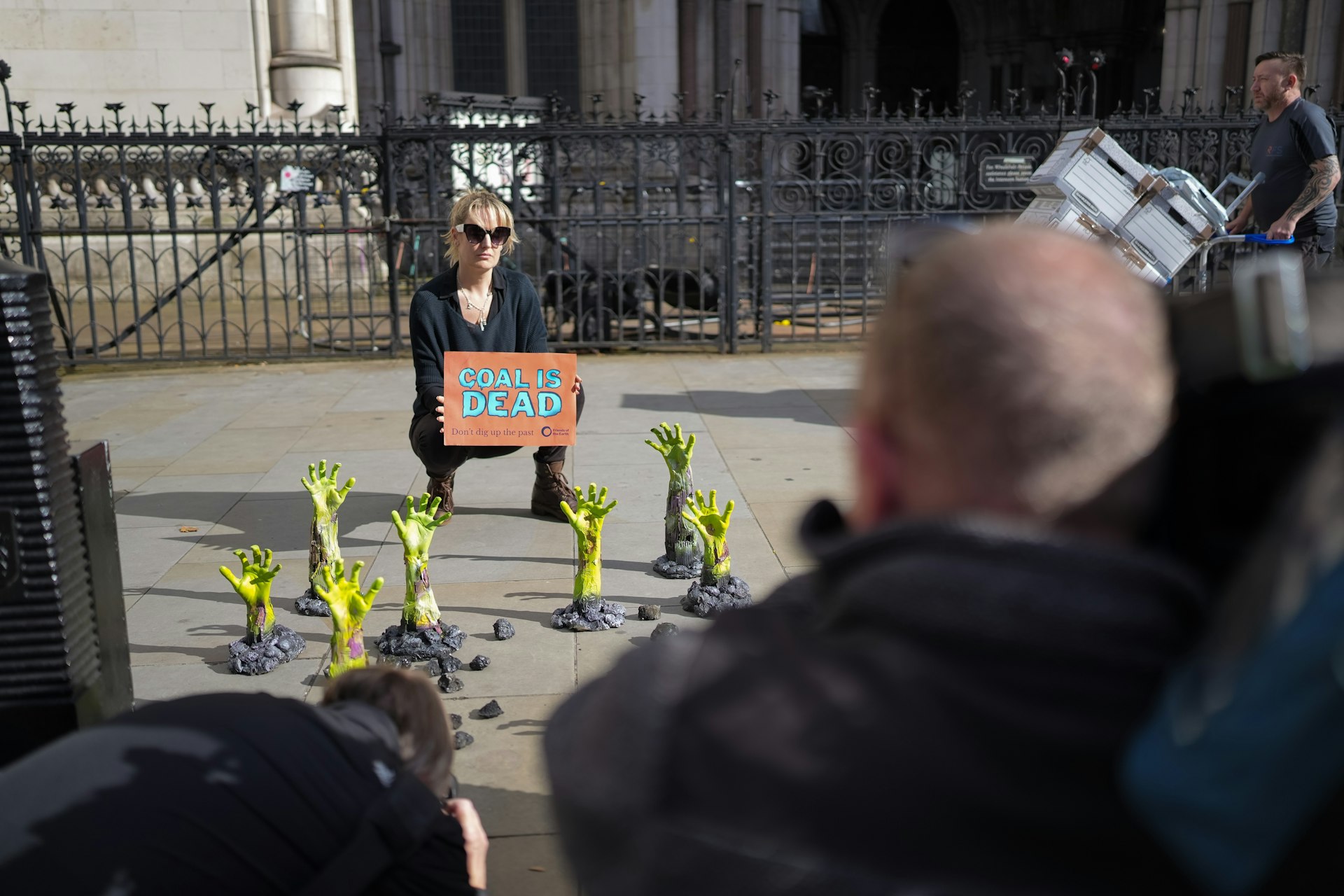Complicated Universal Cum’s psychedelic assault on your senses
- Text by Natalie Davies
- Photography by Adrian Morris

“All Danes move to Copenhagen,” says Frederik, cooking up a jalapeño omelet. He’s stood in his live-in warehouse, rocking a deep-v sweater, ripped black Levi’s and pony-hair leopard print Dr. Martens. There’s so much going on in the house, from the loud Alva fishtail deck propped up against a Coca-Cola fridge to the giant cardboard bra hanging from a ladder in Frederik’s room. “It’s a big fucking bra. It was on my couch one day,” he says with a shrug.
Frederik is part of the rather interestingly named Copenhagen outfit, Complicated Universal Cum (CUC). He keeps it vague, saying they’re not a band but “something else”. Members of CUC are constantly changing, with people dipping in and out to play various instruments. Frederik is also a performer in his own right, with a handful of labels putting out around twenty-five albums under various guises. He’s toured around the world, but playing with the same band isn’t his vibe. “I go where the wind blows,” he says casually.

Copenhagen has his heart, though, and he could wax lyrical about this city for hours. He shares the studio space with several friends in the sleepy ‘island’ district of Amager. The area is generally quiet with the main drag, Amagerbro, boasting a bunch of hair salons, supermarkets and grubby-looking ‘bodega’ bars. Thanks to an abundance of alluringly cheap warehouse studios, it has become a Brooklyn-esque haven for artist types like Frederik.
“I call this the Manhattan of Copenhagen. Everybody else calls it the shit-hole of the world,” jokes Frederik. He chose Copenhagen over New York, where he was living haphazardly a few years ago, travelling back and forth on a tourist visa for three monthly periods. And it’s not hard to see why. Frederik and his friends have an in-house studio at their disposal with the city and its green spaces on their doorstep, as well as access to Christiania and Amager beach nearby. The city offers everything they need at a fraction of New York costs, so why pay the dollar when you already have the lifestyle? “It is the quiet part of Copenhagen so people make jokes about the area,” he says. “But truth is, all artists live here because it’s cheaper and you can get these old buildings.”

Frederik is passionate about the social scene in Copenhagen; not necessarily the clubs, but the idea that the city acts as a hub for creative types. Moving to Copenhagen at eighteen is considered a rite of passage for many young Danes and they flock here in droves, making it a great place to meet likeminded people. The city’s mobility is also a benefit. “You can bike around, that’s the best part,” he says, referring to the efficient bicycle path system.
Frederik doesn’t really have an ‘average day’. “I usually I just sit in that fucking chair at the computer,” he says, pulling up a chair and clicking on the video from his album Everything Is Drugs. “Not that everything is about drugs,” he assures us, “but everything is relative. I used to read quantum psychics and philosophy, which inspires my music.” The video kicks in and Frederik is dancing in front of a green screen; satirical swastikas taped to his nipples with strippers swaying, an analog video playing and swirling like a weird multicolored vortex behind him.
That evening, Frederik takes us along to a jam ahead of an upcoming CUC set at local festival Henry’s Dream. Most people practise in a garage, but we’re in Copenhagen and we expect the unexpected. The location is a ‘secret’ Cold War bunker in the city, run by local character Heinz who greets us enthusiastically in denim hot pants and an open leather shirt. The bunker is plastered with 1970s throwback art, including a poster of Iggy Pop as naked as the day God made him. The three domed rooms protect us from nukes, we’re told – and with the screech of CUC’s psychedelic sound next door, it feels like a trippy band practice on Mars. As Frederik’s dad jumps into the fold playing saxophone whilst wearing a five-panel Norse Projects cap it’s fair to say: Copenhagen is rad.

Local Lowdown: eat like a vegan god and avoid nuclear warfare, with CUC’s psychedelic guide.
Drone. A cool late-night bar and label in Nørrebro.
Never Mind Club. This is a gay club in the city. The music really varies but things can get a bit crazy.
Morgenstedet. A nice diner to visit in Christiania and grab some food. The menu is all vegetarian.
Amager Beach. This is just up the road from here. We nickname it ‘Miam(i)ager Beach’.
The Bunker. A cool underground spot that CUC and many other Copenhagen bands use for practice. It’s holed away in a secret location around Østerbro.
This article originally appeared in Huck 40 as part of Levi’s Presents: Rad Copenhagen! An Alternative City Guide.
Subscribe today to make sure you don’t miss another issue.
Latest on Huck

Autism cannot be cured — stop trying
A questionable study into the ‘reversal’ of autism does nothing but reinforce damaging stereotypes and harm, argues autistic author Jodie Hare.
Written by: Jodie Hare

Bristol Photo Festival returns for second edition
After the success of it’s inaugural run, the festival returns this autumn with exhibitions, education and community programmes exploring a world in constant motion through still image.
Written by: Ben Smoke

Documenting the life of a New York gang leader paralysed by gun violence
New photobook ‘Say Less’ is a complex yet humanising look into a life wrecked by gun violence and organised crime.
Written by: Isaac Muk

The woman who defined 80s Hip Hop photography
A new exhibition brings together Janette Beckman’s visionary and boundary pushing images of an era of cultural change and moral panic.
Written by: Miss Rosen

In photos: the dogs of Dogtown
A new photobook documents Venice Beach’s four legged friends and their colourful cast of owners.
Written by: Isaac Muk

Inside the battle to stop coal
As the legal challenge against Britain’s first deep coal mine in 30 years reaches the High court, we talk to activists at the centre of the fight to stop it.
Written by: Ben Smoke